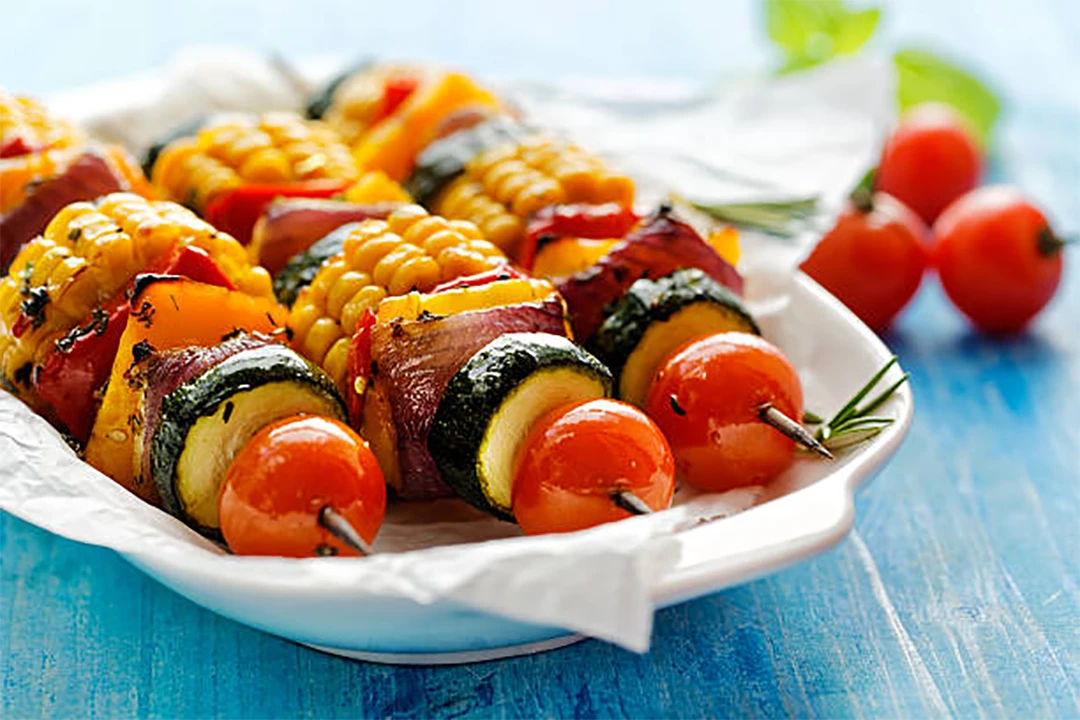
Barbecuing is all about flavor and good times. Traditions may differ, but the heart of it stays the same—enjoying food and company. For many, the fun of outdoor cooking comes with the challenge of dietary restrictions, especially concerning allergens in traditional BBQ rubs. Understanding these limitations is a must for making delicious options that everyone can enjoy without worry.
Creating your own allergen-free BBQ rub lets you enjoy bold flavors without worry. With the right ingredients and techniques, you can put together a seasoning blend that enhances your grilling while staying safe for all dietary needs. It’s an easy way to add depth to your dishes without compromising on taste or safety.
Essential Ingredients for Allergen-Free BBQ Rubs
Recognizing common allergens in BBQ rubs is the first step to allergen-free grilling. Many store-bought blends contain wheat flour, dairy, or nuts, which can be a problem for those with sensitivities. By using naturally allergy-friendly spices and herbs, you can keep the flavor strong without the worry. Spices like paprika, cumin, and black pepper create a bold base that works with almost any dish.
The quality of your spices matters—organic varieties tend to have better purity and flavor. Storing them correctly helps prevent cross-contamination and keeps them fresh. Sealing them in labeled containers and using a dedicated spice rack can help maintain a safe cooking space.
Building Flavor Without Common Allergens
Creating a BBQ rub is all about blending flavors in a way that makes every bite exciting. Balancing heat, sweetness, and smokiness can transform any dish, even while skipping common allergens. Smoked paprika or cayenne pepper add the right amount of kick, while coconut sugar or maple syrup offer sweetness without allergy concerns.
For a smoky depth, try liquid smoke or spices like ground chipotle. Umami flavors can come from nutritional yeast or dried mushrooms, giving the rub a rich taste without triggering allergies. Adjusting salt levels can also make a big difference, letting you match your rub to your taste while keeping it flavorful and satisfying.
Unique Allergen-Free BBQ Rub Recipes
A variety of rubs can boost your grilling game without the worry of allergens. The Smoky Southwest Rub blends smoked paprika, cumin, and cayenne for a mild heat that enhances meats and vegetables. It’s great for tacos or grilled chicken.
For a fresh twist, the Citrus Herb Rub brightens up poultry and fish with lemon zest, thyme, and basil. The Savory Maple BBQ Rub brings a touch of sweetness with maple sugar and chili powder, perfect for veggies or plant-based proteins. Red meats shine with the Bold Coffee-Chili Rub, a mix of coffee and chili flakes that adds a deep, bold flavor. Lastly, the Garlic-Free Mediterranean Rub features oregano and rosemary, making it ideal for those avoiding garlic while still offering plenty of taste.
Proper Application Techniques for Maximum Flavor
Using the right technique to apply your BBQ rub can make a big difference in taste. Whether you go for a dry or wet rub depends on the protein and your desired outcome. Dry rubs create a crispy texture, while wet rubs, which mix spices with a binding agent, form a rich, sticky coating—perfect for ribs or chicken.
For best results, massage the rub into the protein so the flavors soak in. Letting it sit for at least 30 minutes—or even overnight—deepens the taste. You can also layer different rubs for a more complex flavor profile. Using allergen-free binders like olive oil or coconut aminos helps lock in moisture and enhance the flavors, making every bite satisfying.
Ideal Cooking Methods for Allergen-Free BBQ Success
Grilling without allergens is easier with a few simple practices. Use separate tools and surfaces for allergen-free ingredients to prevent cross-contamination. Always clean your grill before cooking. If you’re smoking meats, wood chips like hickory or applewood add flavor without introducing allergens. A smoker box can help bring that classic smoked BBQ taste to your backyard.
If grilling isn’t an option, oven-roasting is a great alternative. Preheating the oven and seasoning food properly helps create a crisp texture. Slow-cooking works well for tougher cuts of meat, giving them tenderness and deep flavor. Side dishes like roasted vegetables with allergen-free spices or a fresh quinoa salad with vibrant veggies round out the meal perfectly.
Making allergen-free BBQ rubs keeps grilling fun and safe for everyone. Picking the right spices and storing them well helps keep flavors bold without the risk. A good balance of heat, sweetness, and smokiness makes any meal better. Rubbing spices in well and letting them sit improves the taste. Whether grilling, roasting, or slow-cooking, the right prep brings out the best flavors. Keeping tools separate and avoiding common allergens makes BBQs more inclusive. Simple swaps and smart techniques let everyone enjoy great food without worry, making cookouts better for all.

